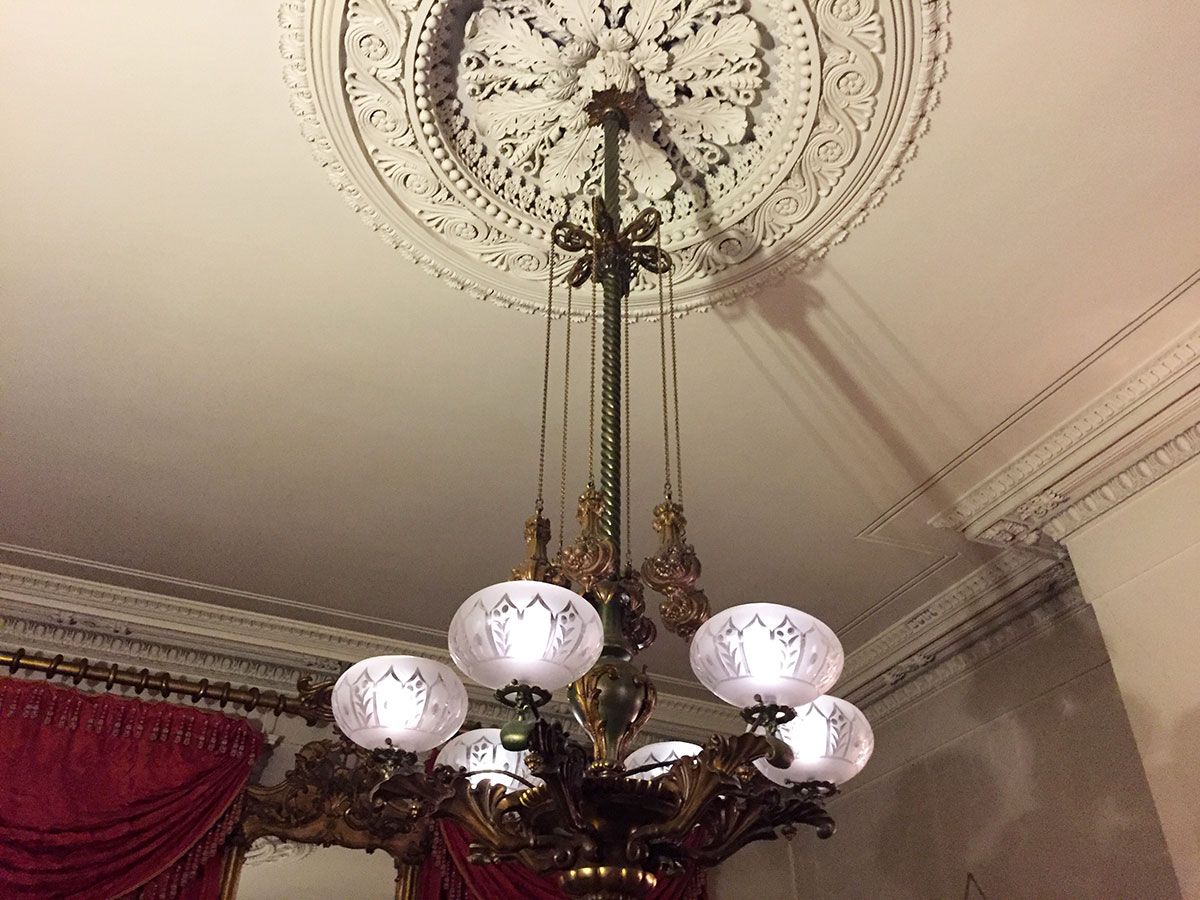Merchant's House Museum
Preserved 19th-century home with intact interiors, exteriors & furnishings
Preserved 19th-century home with intact interiors, exteriors & furnishings



























29 E 4th St, New York, NY 10003 Get directions

"This 1832-era, four-story home is said to be haunted by its original owners; come by night for a candlelit ghost tour." - Nicole Kliest

"Built in 1832, this intimate house museum is a fully furnished time capsule of a wealthy 19th-century family, with original furnishings, clothing, books, and artwork. Step into the five-story Greek Revival landmark (the first building in Manhattan designated as a landmark in the 1960s) and it feels like you’ve snuck into a tidy, elegant home while its inhabitants are out; two generations of the merchant-class Tredwell family left more than 4,000 possessions, from oil lamps and fine china to unfinished needlepoint and prim dresses, some modeled by mannequins posed in rooms and the back garden." - Charlie Hobbs, Andrea Whittle


"Considered one of the best-preserved examples of Gothic Revival architecture in the city, the Merchant’s House was home to a wealthy merchant-class family in the 1830s when the area was known as the “Bond Street neighborhood.” Now, the house is a National Historic Landmark with guided and self-guided tours. For a spooky experience, swing by and take a look inside during the evening hours." - Carbone Smolan Agency

"Merchant's House Museum, Noho by Carbone Smolan Agency. Considered one of the best-preserved examples of Gothic Revival architecture in the city, the Merchant’s House was home to a wealthy merchant-class family in the 1830s when the area was known as the “Bond Street neighborhood.” Now, the house is a National Historic Landmark with guided and self-guided tours. For a spooky experience, swing by and take a look inside during the evening hours."


"I visited the Merchant’s House Museum for its Halloween programming, checked out the new exhibition 'A Good Death: 19th Century Lessons in Dying Well,' joined candlelight ghost tours (some at midnight), and listened to chilling Edgar Allan Poe readings." - Vanita Salisbury